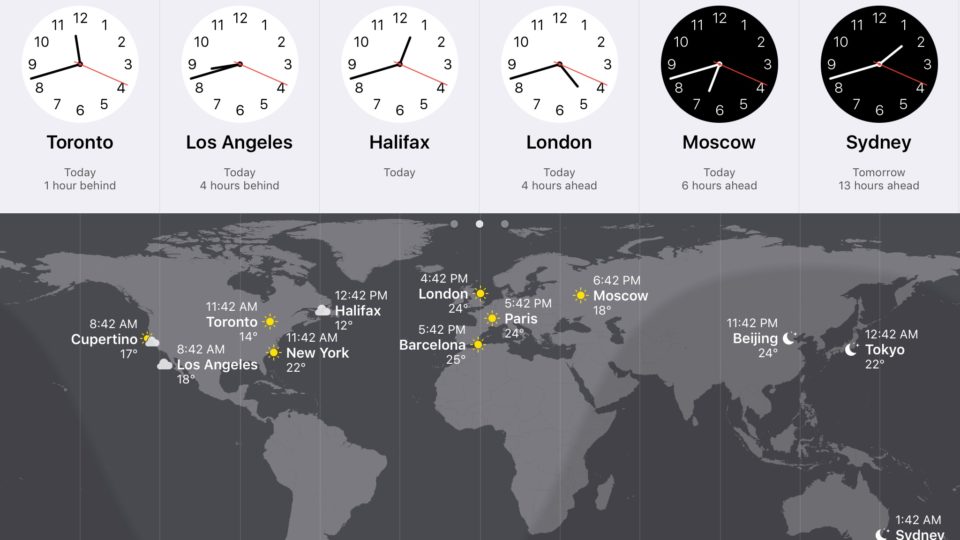
3 Tips for Scheduling Posts Across Multiple Time Zones
by Amber Mac on June 10, 2016
While some social media accounts have almost all of their followers in a single time zone (e.g. local retailers, restaurants, etc.), a lot of us have communities from coast-to-coast and beyond, which can make it hard to know when to schedule posts. Between managing my own accounts and working with clients at my agency, Konnekt, I’ve come up with a few simple rules that can help maximize the value of a single post across various time zones (this is North America-specific but the rules can be adapted for other areas).
- Know where the most people are located: It may come as a surprise, but fully 50% of the population of the United States is in the Eastern time zone. When you add in Central (just an hour earlier) then you’re up to 80% of the population, so if you have to pick a single time zone to focus on in the US then Eastern is a good choice just by population (also a good choice for Canada as well).
- Think about the range of times to cover: If you want a single post to work for multiple time zones then you need to think about the range of time it’ll cover instead of just the time it goes up in your own time zone. For example, to reach across the US you need to consider what time the post goes live relative to Eastern and Pacific time (and the time zones in between). So, even if 9am is a good time to post for you in Eastern time, it’s unlikely that a 6am post is going to get much engagement in Pacific time – better to do your post later so that people in the Pacific and intervening time zones are awake (see next point).
- Consider the naturally busy times during the day: For most audiences, there are some natural brackets for posting based on typical activities they’re engaged in (and that let them check in on their social media accounts). For example (and very roughly), if we’re looking at public transit commuters in the US and Canada, this may roughly include 7:30-8:30am (going to work), Noon-1pm (lunch), 2:30-3:30pm (mid-afternoon slump), 5-6pm (commute home), and if you’re looking in the evening then maybe 8-9pm (settling down). Thinking about these windows across all the time zones that you have to cover can help you schedule your posts more effectively by posting when the most people are online (e.g. Noon in Eastern time is 9am Pacific time and so may cover two naturally busy times). As I mentioned in the intro, you can adapt this to whatever time zones you’re working with, so if your business deals mostly with London and New York (a 5-hour difference), then maybe target the end-of-the day commute home in London that coincides with lunchtime in New York.
With all of the above points (and most things in digital marketing), you ideally want to be considering your particular audience specifically, and there are lots of tools that can really help with that (which I promise to cover in a future post). But if you find yourself time-strapped and responsible for posting on social media to audiences across multiple time zones then the three tips above should be enough to get you started. Happy posting!
